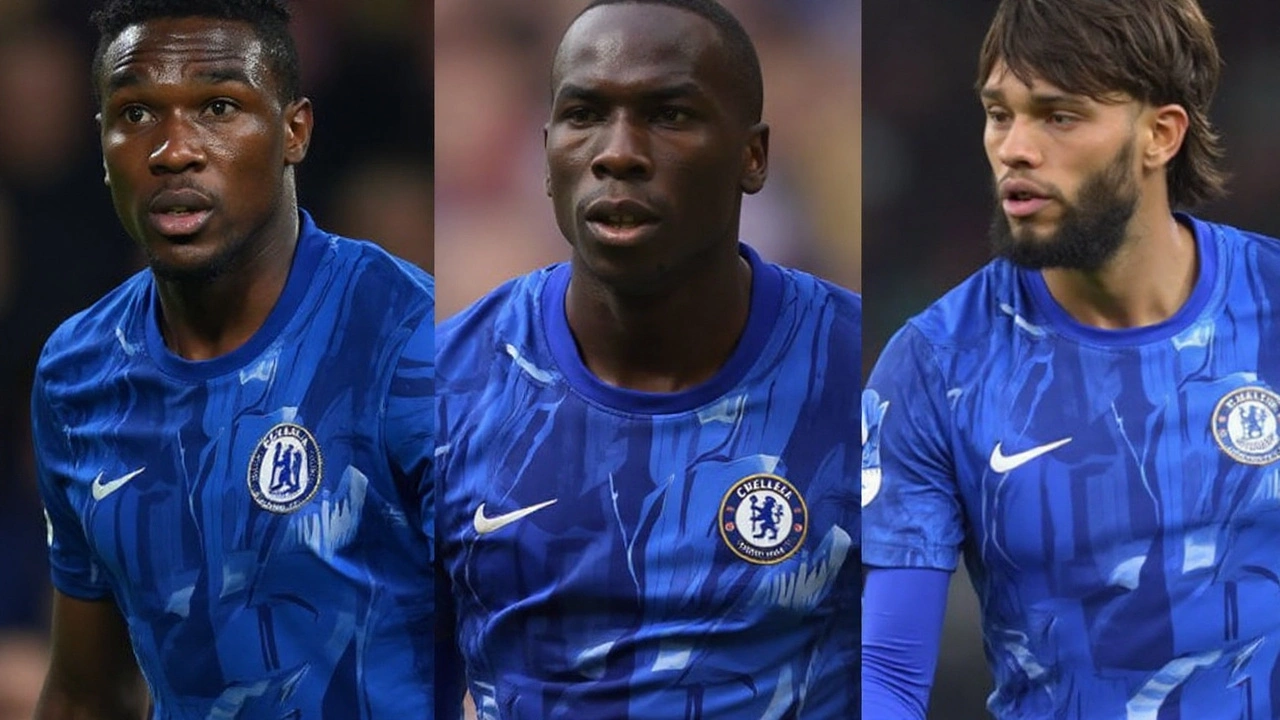Chelsea injuries: what’s hurting, how it hurts the team and what you can do
If you follow Chelsea, you know that injuries can turn a bright season into a scramble. A broken toe, a pulled hamstring, or a long‑term muscle tear can change the line‑up overnight. In this guide we break down the most common injuries Chelsea players face, why they matter, and how fans and players can cope.
Typical injuries and why they happen
Most Premier League bruises come from fast sprints, sharp tackles and aerial duels. Hamstring strains are rampant because wingers and full‑backs burst up and down the flank. Knee ligament sprains often show up after a sudden change of direction – think of a midfielder trying to dodge an opponent. Goalkeepers like to get hand‑wrist injuries after a powerful save. Knowing the source helps clubs plan better rehab and prevents re‑injury.
When a key player goes down, the team’s tactics shift. A missing centre‑back means the coach might pull a defensive midfielder into the back line, changing the balance of attack and defence. If a creative midfielder is out, the squad may rely more on wing play. Those adjustments can explain why Chelsea sometimes looks sluggish after a spate of injuries.
How the club manages recovery
Chelsea’s medical staff uses a mix of physiotherapy, targeted gym work and modern tech like GPS tracking. Players start with light mobility drills, then move to sport‑specific exercises. Ice baths and compression gear keep swelling down. Nutrition also plays a part – high‑protein meals and electrolytes speed muscle repair.
Fans can help by staying informed. The club’s official website, match‑day programmes and trusted sports news outlets give regular updates. Knowing when a player is expected back helps you set realistic expectations for upcoming games.
For players dealing with an injury, the mental side is just as big as the physical. Staying connected with teammates, setting small rehab goals and keeping a positive routine can make the comeback smoother. Many clubs now offer sports psychologists as part of the recovery team – a good sign that mental health is taken seriously.
In summary, Chelsea injuries are a mix of chance, physical demand and squad depth. Understanding the common injury types, the ripple effect on tactics, and the club’s rehab approach gives you a clearer picture of what’s happening behind the scenes. Keep an eye on official updates, trust the medical team’s timeline, and enjoy the games knowing you’ve got the full story.
